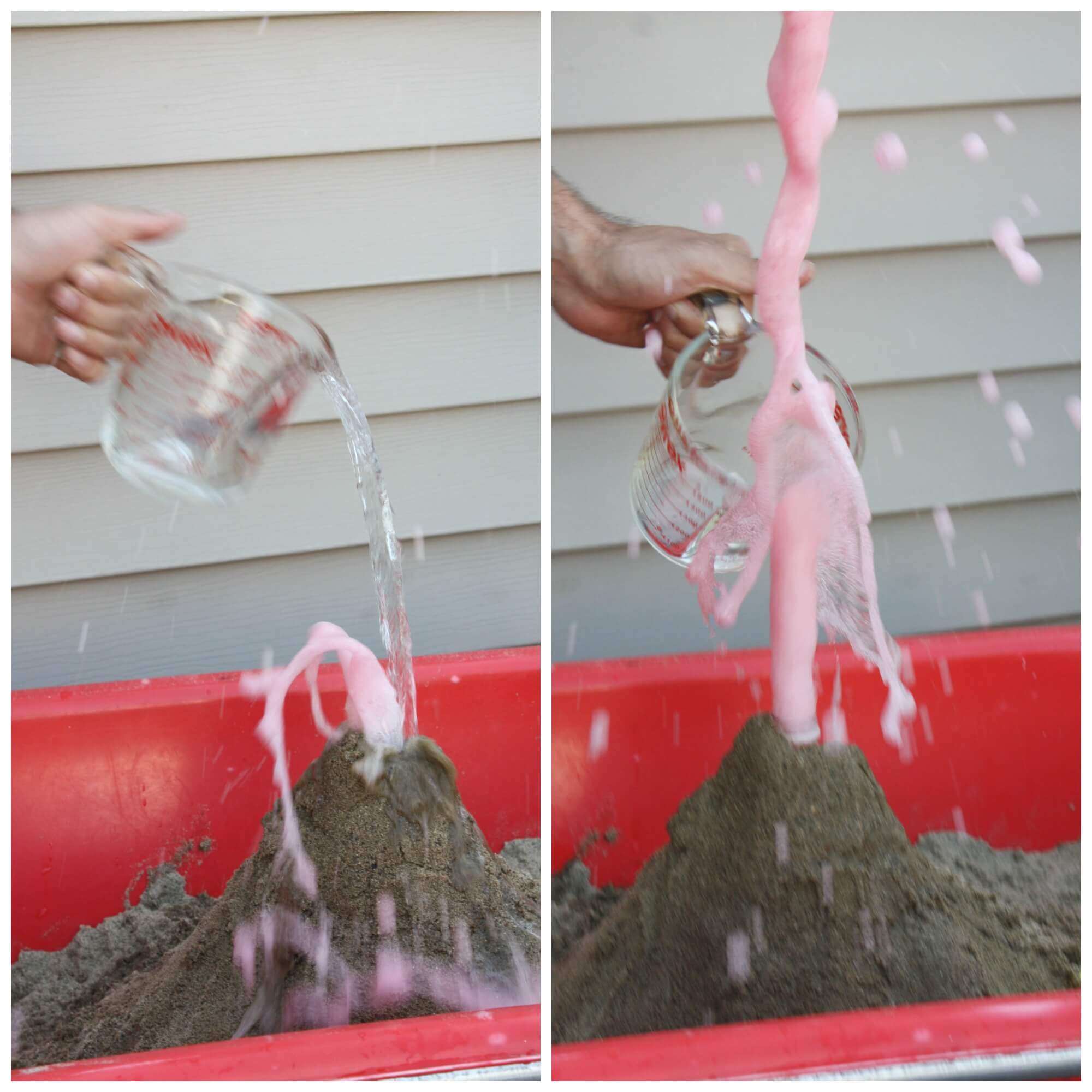Aim: To look at different kitchen ingredients in scones and their effects.
You will be in groups of 3. Your group must have a group name.
You will each have a role for the first scone, then rotate roles for the next two.
1. Collector - Collects ingredients then writes label
2. Mixer - Mixes ingredients
3. Baker - Rolls mixture into scone shape
When one person in the group is doing their role the others will be writing their blog.
Your group will:
- Make 3 types of scone.
- Normal plus 2 others.
- You will make the scone, shape it on your plate, bring it up and place it on the oven tray with a clearly written label. The label must have Group Name and Scone Type.
Scone types:
- No butter
- No Baking Powder
- No milk
- With Lemonade
- With Baking Soda
- Draw up a chart to record your findings
- Make 3 recipes using the following quantities
Recipe:
- 1/2 cup Edmonds standard flour
- 1 tsp Edmonds baking powder or 1 tsp baking soda
- 2 tsp butter
- 1/4 cup milk, approximately or 1/4 cup lemonade.
The recipes my group chose were:
1. Normal
2.bred
3. fruit
The other two recipes were:
1. Name:
Ingredients:
- plate
- cup
- spoon
- bawl
2. Name:
Ingredients:
- flour
- baling soda
- butter
- milk
1.plate
2.milk
3.cup
4.flour
5.spoon
6.bowl
Process
Step 1:Grab a bawl,cups,container,spoon
Step 2:Grab and measure you ingredients
Step 3:Put your ingredients in in the bawl
Step 4:Mix them together
Step 5:Knead your dough together /shape it
Step 6:Take your scone put it on the tray
Findings:
TRIAL NUMBER: | COLOUR | TASTE | HEIGHT (CM) |
1. NORMAL | white | salty | 26 mm |
2. no BUTTER | brown | no taste | 25 mm |
3. hard bite | yellow | milk | 24 mm |
Conclusion:
